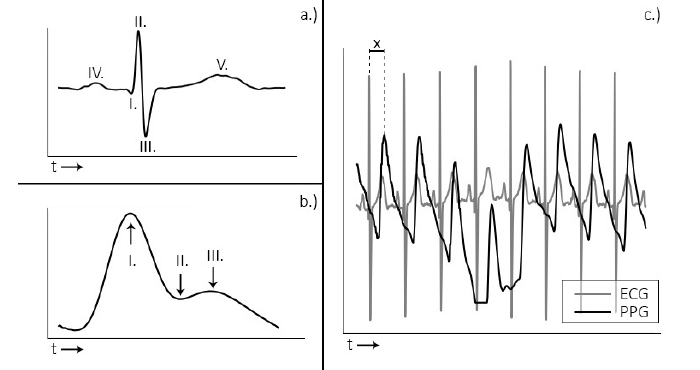How do wearables measure human performance?
ACTIGRAPHY
What is Actigraphy?
Actigraphy is a long-established method of measuring movement. Actigraphs use 3-axis accelerometers to detect the speed and direction of movement.
How do I measure movement?
Actigraphs can be placed in several positions on the body. However, they are usually placed on limbs that are used during physical activity (e.g., wrist, ankle) to differentiate from rest and non-rest periods.
How do I analyse the data?
The data output for actigraphy is very simple – did the device move or not? This is especially useful for estimating sleep/wake patterns.

PHOTOPLETHYSMOGRAPHY
What is Photoplethysmography?
Most wearable devices utilise a technique called photoplethysmography (PPG) to measure blood volume, and the amount of oxygen in the blood. Light is emitted from the device directly onto the skin surface, which is then reflected from the tissues to identify heart beats and oxygen saturation. The hardware used for PPG are similar across devices.
How do I measure blood volume?
Technologies using PPG can be used on several skin surfaces. The majority of devices are placed on the wrist – much like a watch. However, devices such as the Oura Ring and SOMFIT collect PPG data from the finger and forehead, respectively.
How to I analyse the data?
Technologies using PPG can be used on several skin surfaces. The majority of devices are placed on the wrist – much like a watch. However, devices such as the Oura Ring and SOMFIT collect PPG data from the finger and forehead, respectively.

Overview What do wearables measure? How do wearables measure human performance? How accurate are wearables?